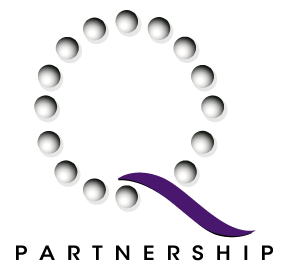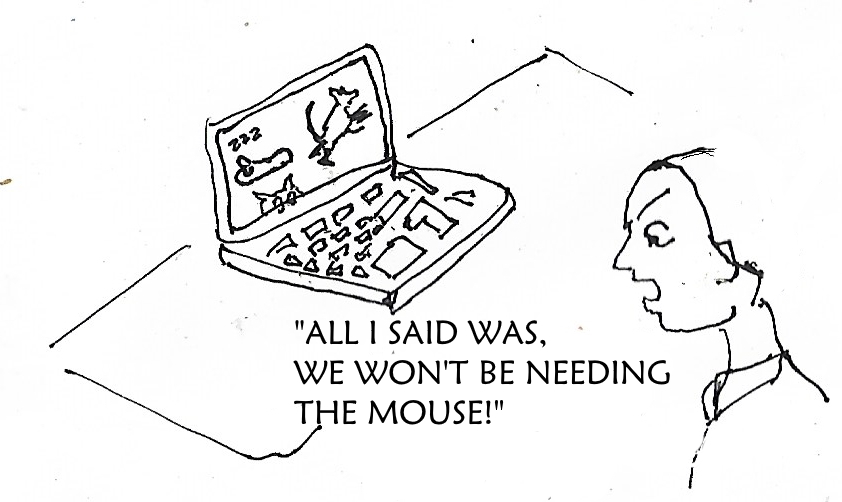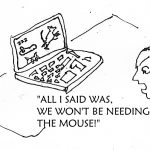The pandemic is now well into its second year and still going strong, despite some countries relaxing social distancing and other protective measures. Globally, as of 11:52am CEST, 20 July 2021 (time of writing) there have been 190,770,507 confirmed cases of COVID-19, including 4,095,924 deaths, reported to WHO. As of 19 July 2021, a total of 3,436,534,998 vaccine doses have been administered.[1]
In mid-May, as a crucial part of a strategic planning assignment, QP was asked to design and facilitate a workshop for the client’s planning team. At inception, potential venues were discussed, and Senegal met with general approval, many of us having attended highly successful workshops there, and the client agreed to move forward with logistical arrangements for a Dakar event.
Then the virus stepped-up
At that time, travel was severely restricted, both to and from QP’s base countries (Zimbabwe and UK) and health authorities were advising against any but essential travel to Senegal. In light of this, the QP team decided against in-person attendance, advocating strongly for a virtual event; however, the client was determined to hold a face-to-face workshop.
So, in the end, we settled for a hybrid solution: a venue was found that offered a proprietary virtual software platform that could accommodate in-person and remote participation. We also used our network to source a local facilitator to complete the QP team, alongside the client management team, as we are convinced there is no adequate technological substitute for in-person contact, “feeling the temperature of the room”.
What worked
As well as the usual projector + screen combo, the hotel’s software allowed for a fish-eye view of the entire room to give remote delegates (and facilitators) a better sense of involvement. The on-demand technician was able to transition between platforms and troubleshoot the inevitable glitches. The power supply was mostly stable, the room layout and size suitable, the sound system effective. The co-facilitators were fluid and effective with clear expertise in cat-herding. Participants were engaged and contributed extensively.
What didn’t work so well
A key aspect of a successful workshop is movement between small group dialogue sessions and plenary, to ensure inputs from even the least extrovert delegates and counterbalance the “soap-boxers’”‘ attempts to dominate the floor. Some of the new meeting platforms offer a “breakout room” option to replicate this small group work – unfortunately, the venue’s proprietary software did not, and was not directly compatible with any others, so a rather clumsy switch-over between their platforms and our Teams account had to happen for every small group session, with a few outages which effectively isolated the remote participants.
Conclusion
While every effort was made to capture outputs, in particular using PowerPoint slides for easy projection in plenary, and facilitators recapped on a regular basis, it was difficult working remotely to gauge fully the flow of discourse and adapt appropriately (the essential “improv effect” every experienced facilitator must master to keep matters on track while minimizing delegates’ frustrations). In this case, we had to accommodate the introduction of key information by delegates that had not been factored into our preparation work; delegates who were highly vocal influencers; as well as some translation issues, which would have been much easier to manage in person.
This highlights the need to use appropriate structured tools to help both online and F2F participants discuss the same issues and report on their findings in a coherent standardised way rather than “free form” discussion which is hard to capture and synthesise meaningfully.
Another key learning was the importance of developing and sharing a workshop report at the earliest possible opportunity. In a classic F2F situation, many misunderstandings and disparate opinions can be reconciled during breaks and other Times Out, as facilitators can help revisit and resolve any issues or concerns outstanding from the workshop sessions. This is more difficult when lead facilitators are not physically present and able to circulate and keep eyes and ears open to the need/opportunity to step in.
One way to replicate this might be to organise health and lunch breaks in the conference room, with delegates using a laptop or mobile phone at each table to keep communication open with remote participants and facilitators.
Another key learning was to add “check compatibility of conferencing software” to our regular reconnaissance checklist so that we know ahead of time if there will be any issues, and how best to address these. We had not realised that the hotel would use its own platform, so didn’t think to inquire. Next time, we certainly shall!
This said, the workshop did allow the client strategic team to collaborate effectively without severely penalising remote participants and pave the way for development of meaningful strategic and business plans. As with any event, there was room for improvement but, all in all, the workshop did demonstrate good energy.
Hybrid vigour, one might say.
[1] Source WHO Dashboard https://covid19.who.int/






